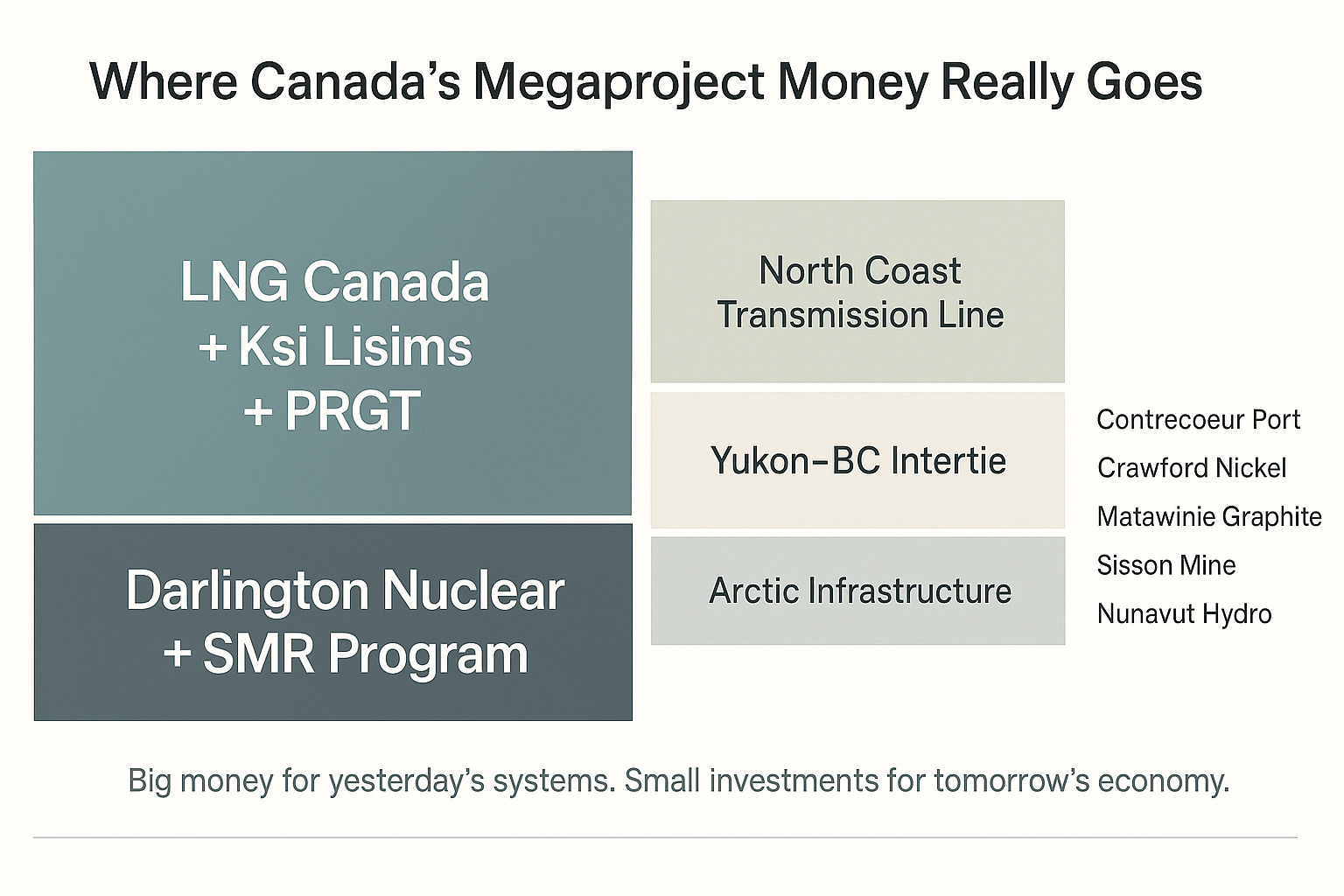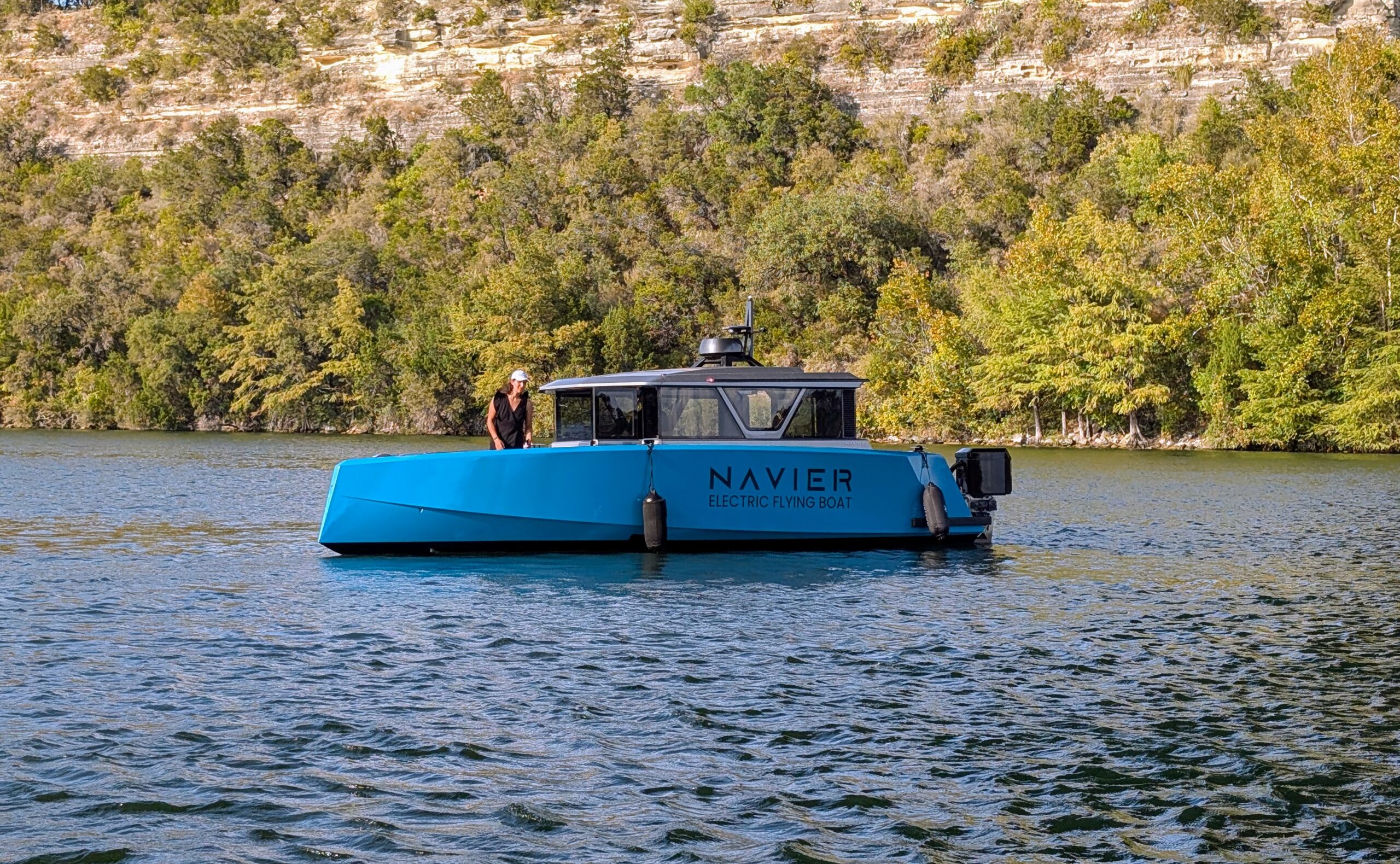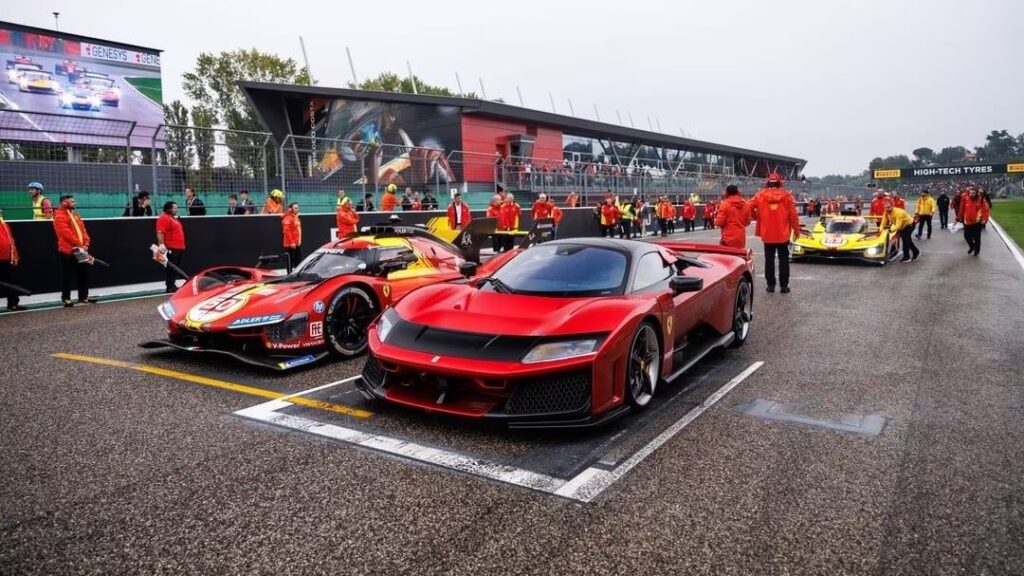Sign up for daily news updates from CleanTechnica on email. Or follow us on Google News!
The soaring demand for lithium has prompted US policymakers to restart the nation’s long dormant lithium mining industry. There being no such thing as a free lunch, though, new lithium mining proposals have provoked a firestorm of protest over environmental and cultural impacts. On the bright side, the US Geological Survey anticipates that there may be an alternative lithium supply dangling right underfoot.
The US Has No Lithium Supply Problem, Actually
The US has always had a copious supply of lithium at hand. An epic case of bad timing is one way to characterize the supply problem. Lithium mining in the US dwindled down to practically zero by the early 2000s, just when the newborn EV industry was beginning to send demand skyrocketing.
Restarting the US lithium mining industry is an effort years in the making and it is fraught with environmental and socio-cultural impacts.
In the meantime, the US Department of Energy has been promoting geothermal brine as an alternative to mining for lithium. Called DLE (short for direct lithium extraction), the process leverages geothermal energy to avoid the extensive impacts involved in conventional lithium operations. One such example in the pipeline is the Hell’s Kitchen geothermal brine project in California.
How More Drilling Can Solve The Lithium Supply Problem
The waste brine that results from oil and gas drilling is another potential lithium supply pathway that avoids the full impacts of mining.
The leading driller ExxonMobil, for one, has spotted an opportunity. CleanTechnica editor Zachary Shahan took note last year when ExxonMobil announced its intention to become “a top lithium producer and supplier for the electric vehicle (EV) battery industry by 2030.”
“Earlier this year, ExxonMobil made the move to acquire the rights to the 120,000 gross acres of the Smackover Formation in southern Arkansas that it is now tapping into,” Shahan observed, adding that ExxonMobil has cited Smackover as “one of the most prolific lithium resources of its type in North America.”
Machine Learning Applied To Uncover A New Lithium Supply Bonanza
The Smackover Formation has also caught the eye of the US Geological Survey, which is the agency tasked with tracking the supply of lithium and other substances deemed critical to US interests.
On October 21, CleanTechnica received an email from USGS that outlines a new study of one small piece of the Smackover Formation, in southwestern Arkansas. In collaboration with the Office of the State Geologist in the Arkansas Department of Energy and Environment, the first-of-its kind study combines water test samples with machine learning to predict the amount of lithium that could be co-produced from oil and gas operations.
It’s quite an amount. The research team arrived at a low-end estimate of 5 million tons of lithium, which it describes as “equivalent to more than nine times the International Energy Agency’s projection of global lithium demand for electric vehicles in 2030.”
That’s just for starters. On the high side, that one piece of the Smackover Formation could hold 19 million tons of lithium in its brine.
Oh, So That’s Why ExxonMobil Is So Excited
Not to rain on the lithium supply parade, but the principle researcher of the study, hydrologist Katherine Knierim, does advise that the researchers were tasked with developing a predictive model of lithium availability, not accessibility.
“It is important to caution that these estimates are an in-place assessment,” Knierim cautioned. “We have not estimated what is technically recoverable based on newer methods to extract lithium from brines.”
Still, the study, titled “Evaluation of the lithium resource in the Smackover Formation brines of southern Arkansas using machine learning,” does indicate that a copious lithium supply is close at hand. Based on the USGS predictive model, in 2022 the brine brought to the surface in the area of study contained 5000 tons of dissolved lithium. The total included bromine operations as well as oil and gas.
That helps explain why ExxonMobil is suddenly so interested in boosting the lithium supply chain for EV batteries. At first glance it doesn’t make much sense for an oil producer to help decarbonize the transportation sector, but gas producers have a different set of priorities. Although ExxonMobil is better known as an oil company, it has spent the early 2000s amplifying its gas business.
More Than One Way To Solve The Lithium Supply Problem
Another way to solve the lithium supply problem is to reduce the need for lithium. That angle is already being addressed by lithium-free EV battery formulas, hydrogen fuel cell electric vehicles, and new long duration energy storage technologies for stationary use.
Once the EV battery recycling industry gets into gear, that will also help supplement the lithium supply chain and reduce the need to extract new lithium from the Earth.
Recovering lithium from saltwater is another approach that has crossed the CleanTechnica radar from time to time. That seemed like a pipe dream just a couple of years ago, considering that the concentration of lithium in seawater is extremely low. However, lots can happen in a couple of years. In June, for example, a research team from the Pritzker School of Molecular Engineering at the University of Chicago described an economical method for extracting lithium from seawater as well as groundwater and drilling wastewater. Their study, “Identifying critical features of iron phosphate particle for lithium preference,” was published in the journal Nature on June 7.
Here’s Another Way To Solve The Lithium Problem
Somewhat ironically, Tesla’s much-publicized tease of its new two-seat “robotaxi” has brought renewed attention to the fact that the lithium supply issues begs the question of whether or not it makes sense to add more passenger cars to the nation’s roadways.
Regardless of what sort of propulsion system is involved, the automotive supply chain is a resource-sucking monster, and that’s just one aspect of car culture. Beyond the consumption of materials, vast swaths of rural landscape and entire urban neighborhoods have been destroyed for the sake of automotive convenience. In cities, car-choked streetscapes are the norm while pedestrians fight for limited sidewalk space and some modicum of aesthetic pleasure.
If phenomenally rich US citizens really want to help save the planet, they could start by supporting mass transportation, bike paths, walkable planning, and other public investments that keep more cars off the roads.
Any takers?
Follow me via LinkTree, or @tinamcasey on Threads, LinkedIn, and Instagram.
Image: The USGS has surveyed a small portion of the Smackover Formation for a potential role in the domestic lithium supply chain, and it likes what it sees (courtesy of US Geological Survey, via email).

Chip in a few dollars a month to help support independent cleantech coverage that helps to accelerate the cleantech revolution!
Have a tip for CleanTechnica? Want to advertise? Want to suggest a guest for our CleanTech Talk podcast? Contact us here.
CleanTechnica uses affiliate links. See our policy here.
CleanTechnica’s Comment Policy




